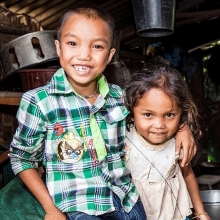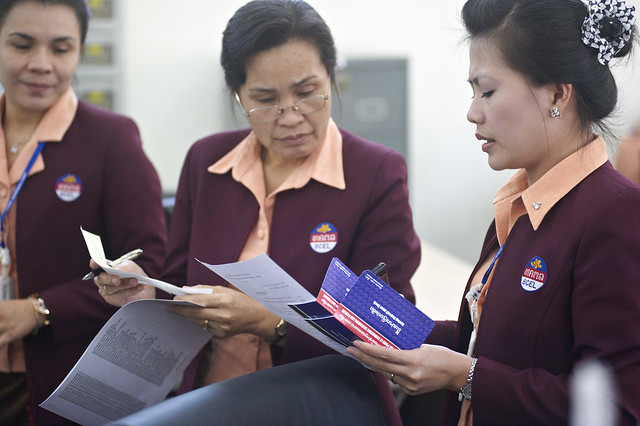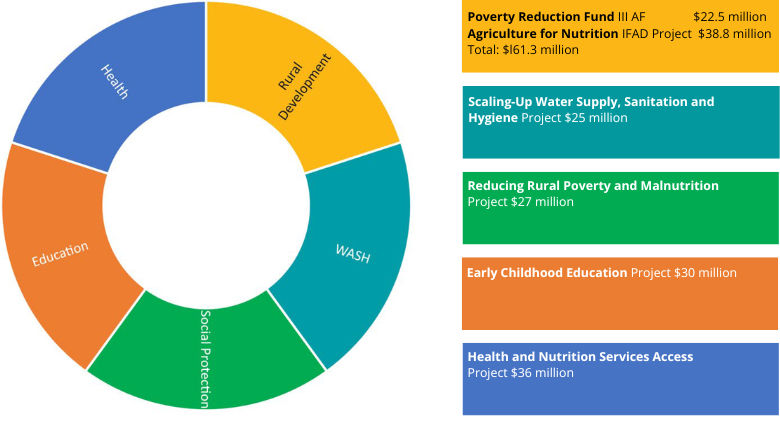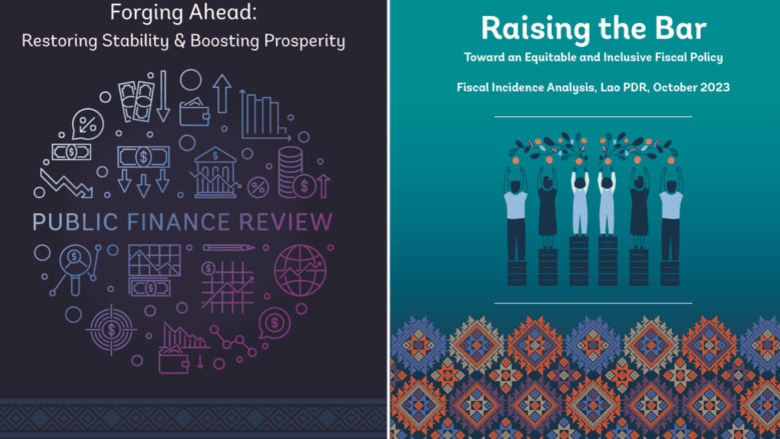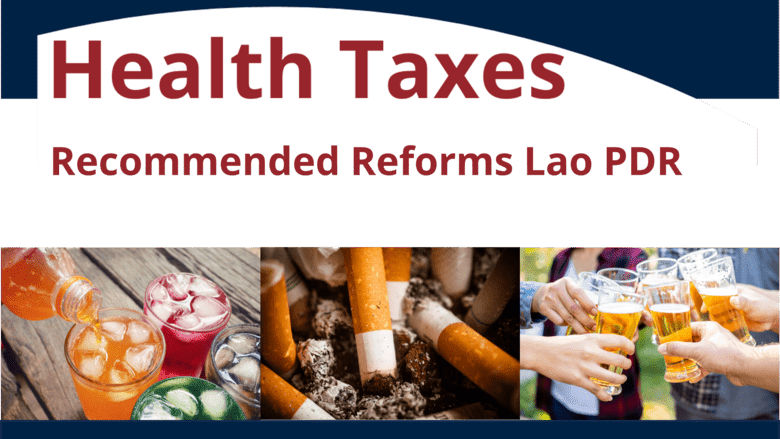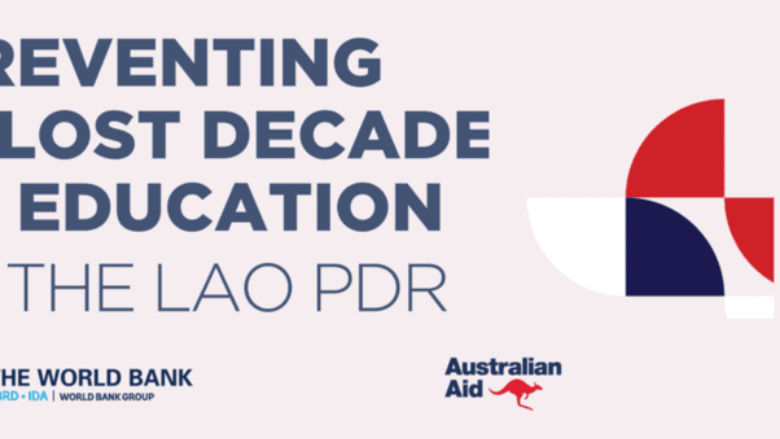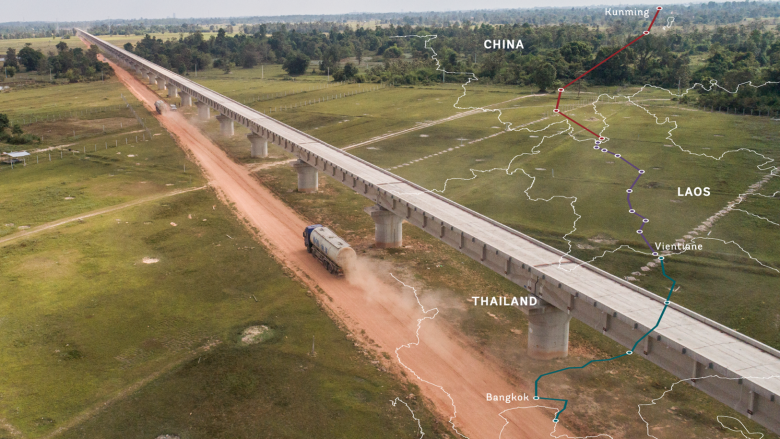Economic conditions remain difficult in the Lao PDR, as high public debt and persistent inflation affect household incomes and development. Some improvement was apparent in the second half of 2024, with improved state revenue collection and tighter monetary policy helping to stabilize exchange rates. The Lao economy is projected to grow by 3.5% in 2025, but economic volatility will continue to limit poverty reduction, with spending on health, education, social protection remaining inadequate.
Public and publicly guaranteed debt is unsustainably high, at 116% of GDP. Laos is currently dependent on loan repayment deferrals, which were worth about 16% of GDP by the end of 2023. Deferrals reduce the pressure on foreign exchange demand in the short term, but do not provide long-term solvency. Without further deferrals, external debt repayments are projected to average $1.3 billion annually from 2025 to 2027, resulting in high financing needs and foreign exchange risks.
Economic growth in 2024 was driven by the tourism, transport, electricity generation, mining, agriculture, and manufacturing sectors. From July 2024 to February 2025, the parallel market rate for kip/US dollar exchange rate depreciated by only 1% year-on-year, a significant improvement on the previous year. This followed tighter monetary policy, fiscal consolidation measures, and debt service deferrals. Inflation stood at 11.2% in March 2025, down from 26.2% in mid-2024.
While nominal wages and household income are growing, prices are still rising faster. Macroeconomic instability therefore affects the labor market, household living standards, and development of human capital —the knowledge, skills, and health that people accumulate throughout their lives, enabling them to reach their potential. High inflation, currency depreciation, and declining real wages are driving workers from wage and unpaid family work to self-employment, while also increasing outmigration, particularly to Thailand. A January 2025 World Bank survey shows that around a third of households have reduced spending on food, health and education, a trend that poses serious challenges for poverty reduction efforts. Labor shortages are a critical constraint for private business, with the 2025 Enterprise Survey finding a lack of workers to be the biggest constraint on private business in the country.
In the longer term, without reforms in revenue, governance, financial stability and the business environment, risks to growth and stability will remain. More inclusive growth is required. A child born in Laos today will only be half as productive as she could be if she enjoyed full health and education. Malnutrition continues to be a critical issue affecting people’s physical and cognitive development, with stunting affecting almost a third of children under five, while the maternal mortality rate is high, at 126 per 100,000 births in 2020.
Last Updated: May 06, 2025

